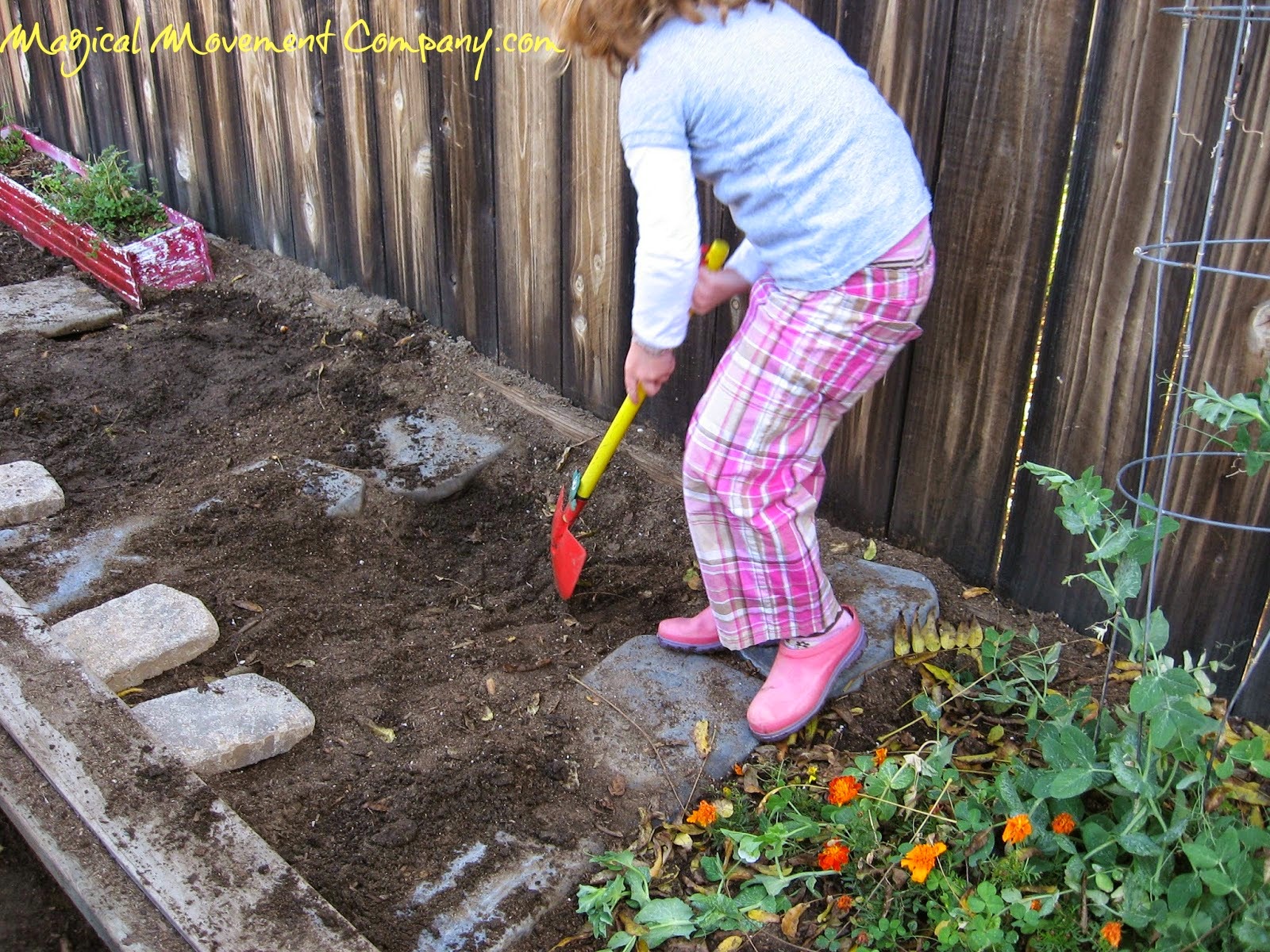KIDS, MUSIC ELEMENTS, & CARNIVAL OF ANIMALS
This week in preschool music, the children really sharpened their listening skills with the fun music from Camille Saint Saens', "Carnival of Animals"!
Check out this video for a wonderful introduction to this most famous music from the French composer, Camille Saint Saens:
We sat down to focus on listening, after a vigorous movement activity called "Pony Gallop" which emphasizes moving slowly and then moving quickly! (from my favorite curriculum, "Music Room." ) Here's the link: http://www.bushfirepress.com/musicroom/
There's a great variety of slow and fast pieces to choose from in "Carnival of Animals." We listened to short excerpts:
- Finale (very fast)
- Tortoise (slow, of course)
- Mules (fast again)
- Elephant (slow and heavy)
- Birds (definitely fast flute playing!)
Since the children I work with are young (2 1/2 to 6 yr olds) I usually set up listening to elements of music in a very simple way:
- I choose music that obviously demonstrates the particular music element (short excerpts!)
- I create a pattern (ex: fast, slow, fast, slow..etc)
In this way, the children are likely to be more successful in recognizing the music element and the older kids delight in discovering that there is a pattern!
Recently, we had several music lessons featuring loud (Forte) and quiet (Piano) music (here's my blog link: Preschoolers learn about Forte & Piano ) For these lessons I chose:
- The Swan (quiet/Piano)
- Finale (LOUD/Forte)
- Cuckoo in the Woods (quiet/Piano)
- Pianists (LOUD/Forte)
My favorite for the music is:
http://www.amazon.com/Carnival-Animals-Classical-Music-Kids/dp/0805061800
No music class is complete without musical instruments and I have used several rhythm instruments to emphasize the elements in music.
Triangles and finger cymbals are great for working with the concepts of slow and fast. Since they are made of metal, they can be played with a sustained slow sound and then with a quick short sound.
I take the hangers off the triangles that I have for the children and I demonstrate using them in the manner that is pictured below:
This photo is from a great website: http://www.percussionclinic.com/infolat.htm
Where you can even click and hear how the triangle sounds!
Here are the finger cymbals I use from Amazon:Dozen metal finger cymbals at Amazon
I just started a new Pinterest page with activities around Carnival of the Animals. Here's the link: https://www.pinterest.com/carolynlucento/carnival-of-animals-music-lessons/
Hope you have some fun with animal sounds of the orchestra and your little musicians!
Hope you have some fun with animal sounds of the orchestra and your little musicians!

Advertising Disclosure: Magical Movement Company may be compensated in exchange for featured placement of certain sponsored products and services, or your clicking on links posted on this website. Thanks for your support!































































